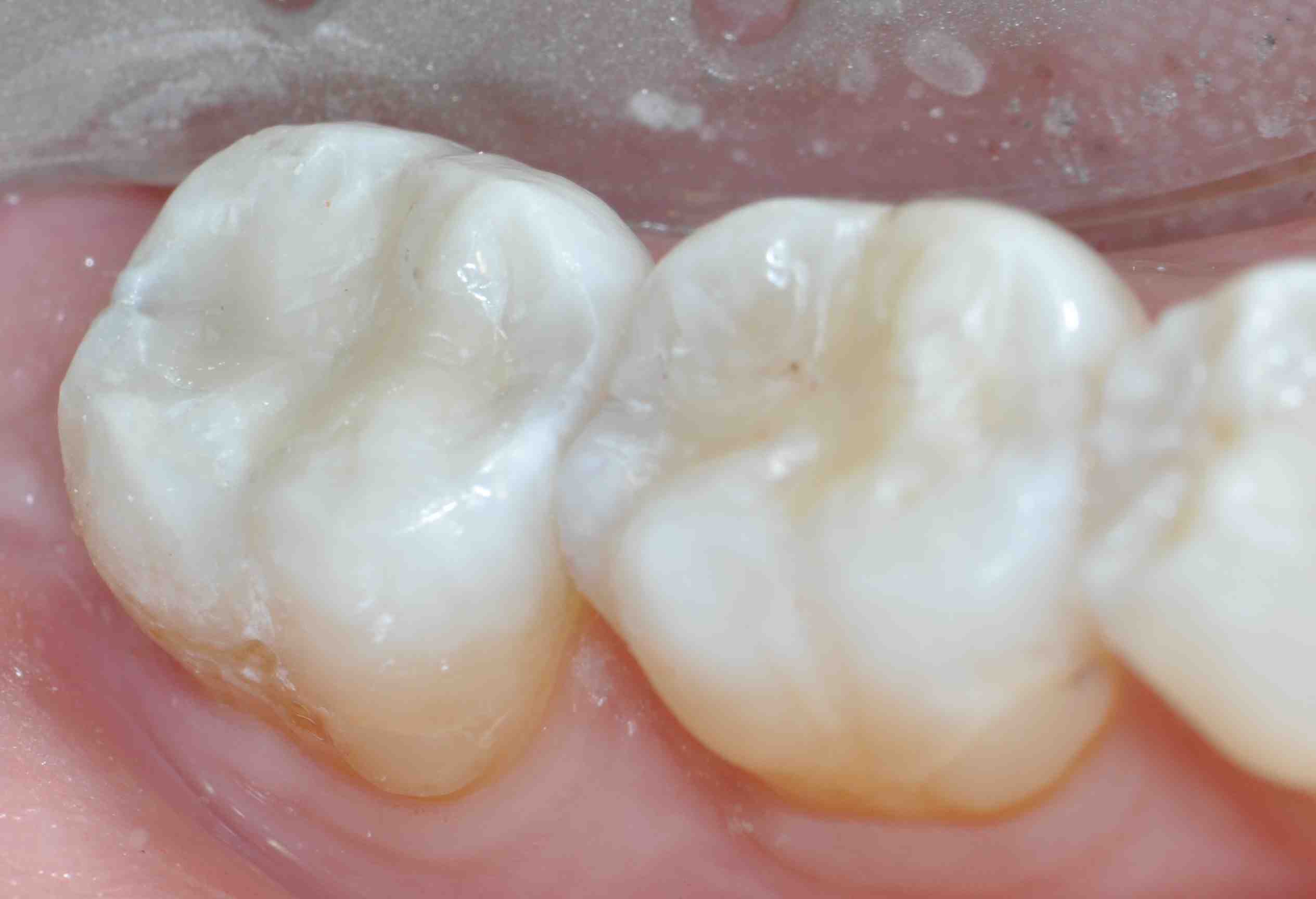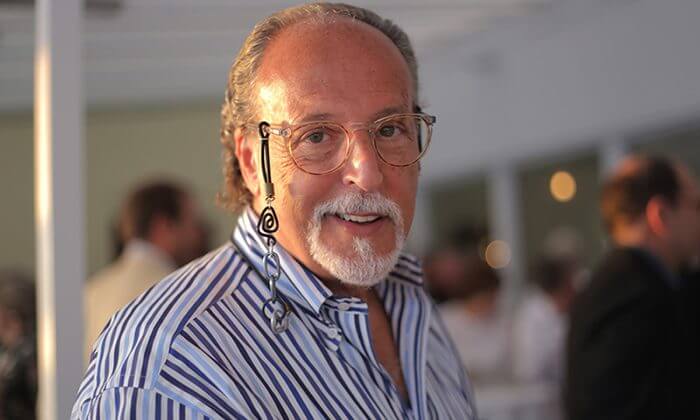Composites & Wear
All restorative materials have wear properties. We need to understand both how they wear and survive in the oral environment and how they impact opposing natural teeth.
The wear of enamel is the basis for comparison.
Despite what we sometimes see clinically, enamel is highly resistant to wear (attrition and abrasion), with average annual wear rates of 30-40 microns. The range is from as low as 15 microns to as high as 100+ microns, and there is variability depending on the tooth position in the arch.
Unlike enamel, which basically all has the same structure and properties, composites come in many different formulas. The chemical and physical properties of the material have a direct impact on its wear resistance and impact on other teeth. Some examples of this include:
- Size, shape, and hardness of filler particles
- Quality of the bond between filler particles and polymer matrix
- Polymerization dynamics of the polymer
These same properties affect the other physical and handling properties of the material and have to be balanced to create a composite that works clinically.
Creating improvements in the physical properties of composites has eliminated the high degree of wear in non-contact areas we witnessed years ago. The loss of restorative material gave the appearance of fillings losing their shape and contour. Today our primary concern is in areas of direct occlusal contact.
One approach might be to avoid using composite that has direct occlusal contact.
I would say this is not only not practical but not necessary. We have a variety of materials available today, with a range of handling and physical properties, and wear rates that are between 30-200 microns a year.
We need to choose a composite based on things like wear versus polish–ability, anterior versus posterior, and the properties of the particular material we are using. In addition, we can manage the occlusion to maximize the success of the natural teeth as well as the composite.
Related Course
E2: Occlusal Appliances & Equilibration
DATE: June 22 2025 @ 8:00 am - June 26 2025 @ 2:30 pmLocation: The Pankey Institute
CE HOURS: 44
Dentist Tuition: $ 7400
Single Occupancy with Ensuite Private Bath (per night): $ 345
What if you had one tool that increased comprehensive case acceptance, managed patients with moderate to high functional risk, verified centric relation and treated signs and symptoms of TMD? Appliance…
Learn More>











